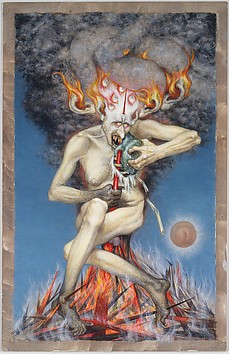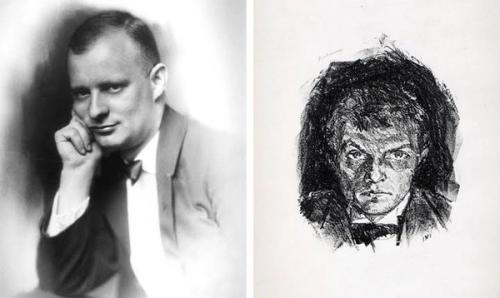Search / All Results
4,023 results for The Seven Deadly Sins Paul Cadmus

Publication
Drawings from the J. Paul Getty Museum

Publication
Peter Paul Rubens: The Drawings

Publication
A Deadly Art: European Crossbows, 1250–1850

Publication
Paul Strand circa 1916

Publication
"The Seven Shields of Behaim: New Evidence"

Artwork
The Seven Deadly Sins: Gluttony
Paul Cadmus (American, New York 1904–1999 Weston, Connecticut)
Date:1949
Medium:Egg tempera on cardboard
Accession Number:1993.87.7
Location:Not on view

Date:1945
Medium:Egg tempera on Masonite
Accession Number:1993.87.1
Location:Not on view

Date:1945
Medium:Egg tempera on gessoed linen over Masonite
Accession Number:1993.87.2
Location:Not on view

Date:1947
Medium:Egg tempera on Masonite
Accession Number:1993.87.4
Location:Not on view

Date:1947
Medium:Egg tempera on Masonite
Accession Number:1993.87.5
Location:Not on view

Date:1947
Medium:Egg tempera on Masonite
Accession Number:1993.87.3
Location:Not on view

Date:1949
Medium:Egg tempera on cardboard
Accession Number:1993.87.6
Location:Not on view

Date:1925, published 1926
Medium:Prints a, b, c, e, g, h, j: etching and drypoint
Prints d, f: etching, drypoint, aquatint
Accession Number:2000.612a-j
Location:Not on view

Date:1565
Medium:Oil on wood
Accession Number:19.164
Location:On view at The Met Fifth Avenue in Gallery 613

Date:1982–83
Medium:Egg tempera and graphite on gessoed illustration board
Accession Number:1993.87.8
Location:Not on view




